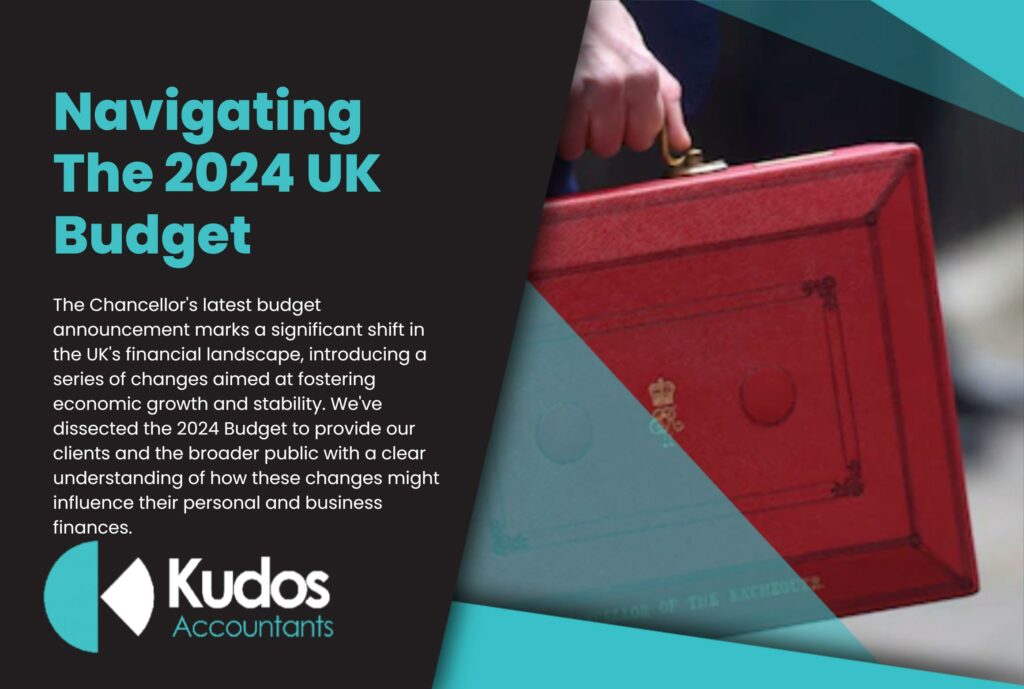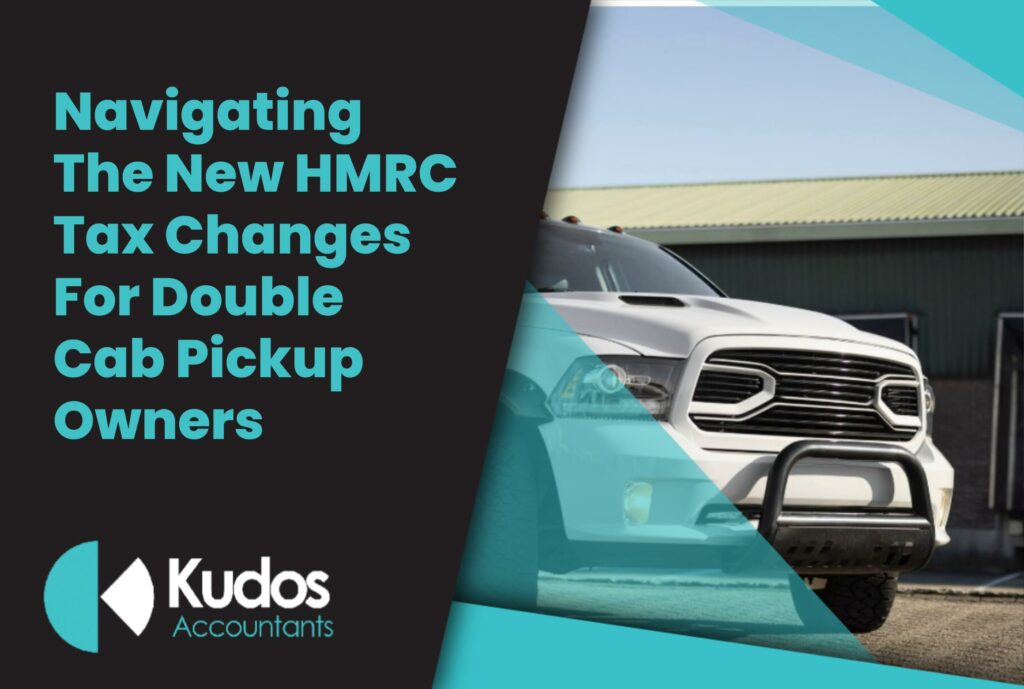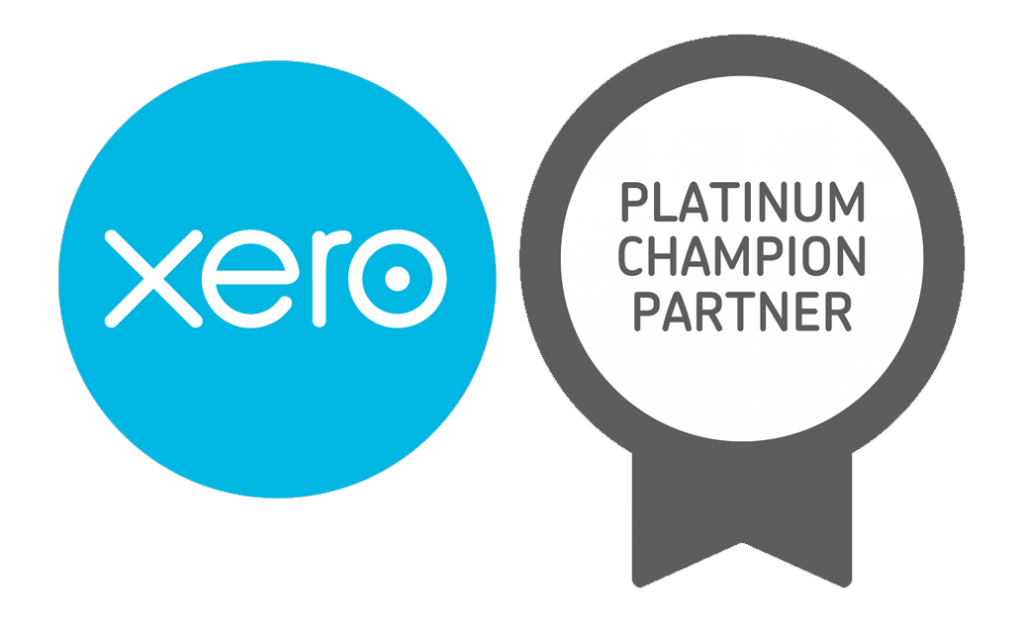Often employees will carry out business journeys for a number of reasons, whether this be in their own car or one owned by the company. Naturally, the majority of employers will then often opt to utilise mileage rates to cover their staffs’ fuel costs, or to cover the usage of their company vehicles.
If you’re actioning the above for the first time and are unsure where you stand with regards to mileage payments, well don’t worry – HMRC regularly updates and publishes their tax-free mileage rates which can be used to reimburse those employees who use their own car for business journeys whilst avoiding a tax liability.
These figures are also listed alongside advisory fuel rates which are updated on the; 1st of March, 1st of June, 1st of September and the 1st of December. These rates are created to be used as a basis for when paying mileage payments to employees who use a company car for getting from A to B. However, no tax liability will arise if the payment made is at or below the rate set by the Government.
We must note here that those employers registered for VAT can also claim back input tax on the fuel elements of any (business) mileage payments.
How to Calculate The Input Tax
Simply, the input tax on mileage payments made to employees can be calculated by dividing the fuel element of the mileage allowance by the VAT fraction.
With a VAT rate of 20%, the VAT fraction ⅙.
You can use our calculator to work it out:
Rates
The advisory electricity rate for fully electric cars is 5 pence per mile.
Identifying The Fuel Element
Now this is a little bit of a grey area, as there are multiple ways of determining the fuel element of a mileage charge. However, the most efficient way of identifying this is to reference the company car advisory rates published on the HMRC site. These simply show the fuel-only mileage rates and these are accepted by HRMC when it comes to calculating the input tax on mileage allowances.
However, whilst using the above is a quick and easy option due to the figures being readily available online, this is only one of the acceptable ways of calculating the fuel elements when it comes to paying mileage rates. This can also be calculated by utilsing the fuel rates provided by motoring organisations including the AA and the RAC – allowing you to make the right decision for you.
The advisory electricity rate for fully electric cars is 5 pence per mile.
Hybrid cars are treated as either petrol or diesel cars for advisory fuel rates.
The advisory fuel rates for petrol, LPG and diesel cars are shown in these tables.
From 1 March 2022
You can use the previous rates for up to 1 month from the date the new rates apply.
| Engine size | Petrol — rate per mile | LPG — rate per mile |
|---|---|---|
| 1400cc or less | 13 pence | 8 pence |
| 1401cc to 2000cc | 15 pence | 10 pence |
| Over 2000cc | 22 pence | 15 pence |
| Engine size | Diesel — rate per mile |
|---|---|
| 1600cc or less | 11 pence |
| 1601cc to 2000cc | 13 pence |
| Over 2000cc | 16 pence |
Keep A Record Of Your Business Journeys
Most often you will be viable to make a claim, however this can only made if the mileage allowance made to the employees are based on the business mileage actually undertaken by those who make the journey.
With this in mind, HMRC requires that where VAT is requested to be reclaimed with reference to the mileage, a record of the below is kept for each employee by their employer:
- The mileage travelled
- Whether the journey is both business and private
- The cylinder capacity of the vehicle
- The rate of mileage allowance
- The amount of input tax claimed
You must also remember to reclaim input VAT on the fuel element of the mileage payments made to employees who use their own car, or one owned by the company for business journeys. In short, as long as the allowance paid is close to the advisory rates published by HMRC, input VAT can be reclaimed at one sixth of the correct advisory rate for every business mile where a mileage rate has been paid.
For more information on how to claim VAT on mileage payments, or to view the rates, click the link below.
https://www.gov.uk/guidance/advisory-fuel-rates





